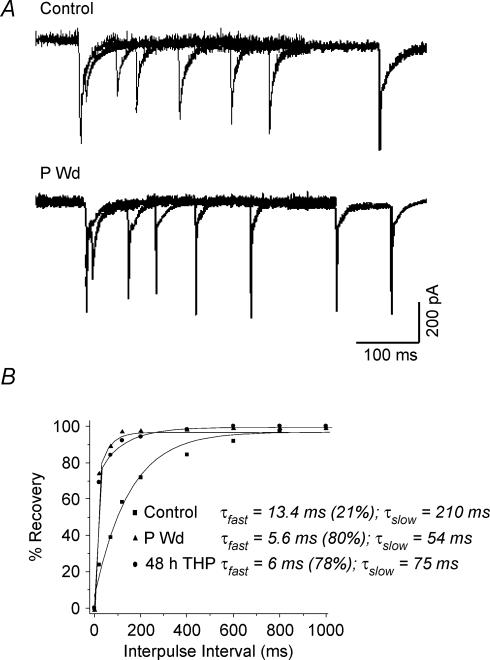Figure 5. Recovery from fast desensitization is accelerated following progesterone withdrawal.
A, superimposed currents gated by paired 1 ms pulses of 10 mm GABA, at varying interpulse intervals (20– 2000 ms) are depicted for control, progesterone withdrawal (P Wd) or 48 h treatment with 3α,5β-THP (48 h THP). Following both steroid protocols, the extent of fast desensitization was reduced, and the rate of recovery from this desensitized state was accelerated compared to control as determined by the amplitude of the second GABA response relative to the first. B, the percentage recovery of current amplitude for the second GABA response relative to the first represents recovery from the fast desensitized state (Dfast), and is plotted as a function of the interpulse interval for averaged datapoints from both groups. Percentage recovery was calculated as ((Amptest− Onsettest)/(Ampinit− Onsettest)) × 100, where Ampinit is the amplitude of the initial GABA response, Amptest is the amplitude of the second (test) GABA response, and Onsettest is the value of the current at the onset of the second response. In all cases, the amplitude of the initial response was normalized to its maximal value during the experiment to account for variability in current. Each point represents the average from 8 to 10 different patches from 5 to 6 animals. The rate of recovery was best fitted by a biexponential equation, which was markedly faster following the steroid treatment protocols compared to control (P < 0.05). (n = 8–10 samples per point).

